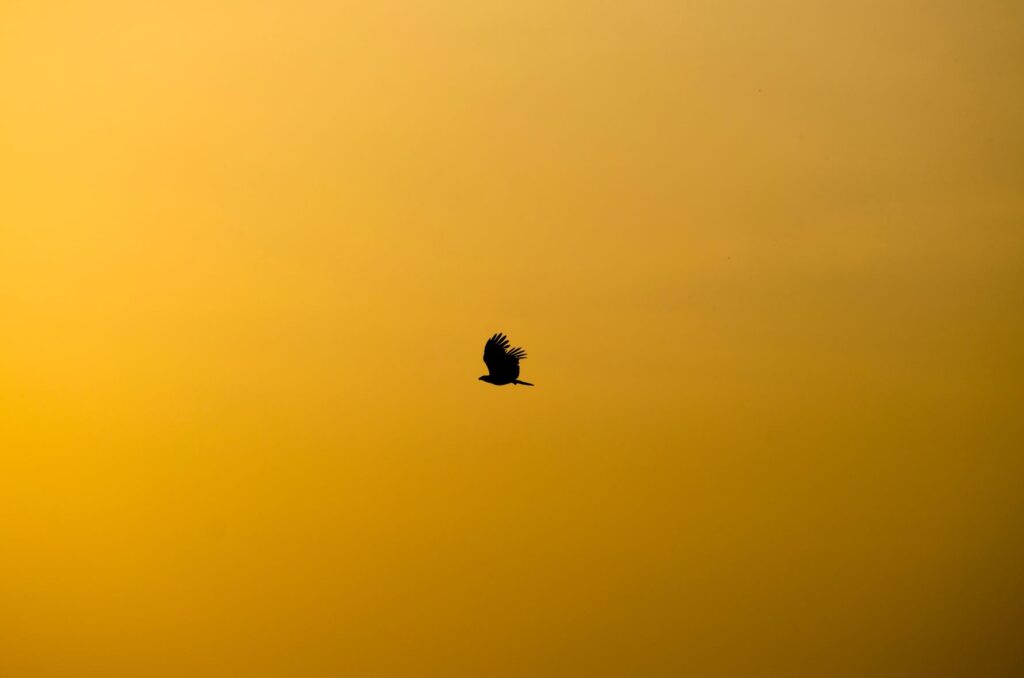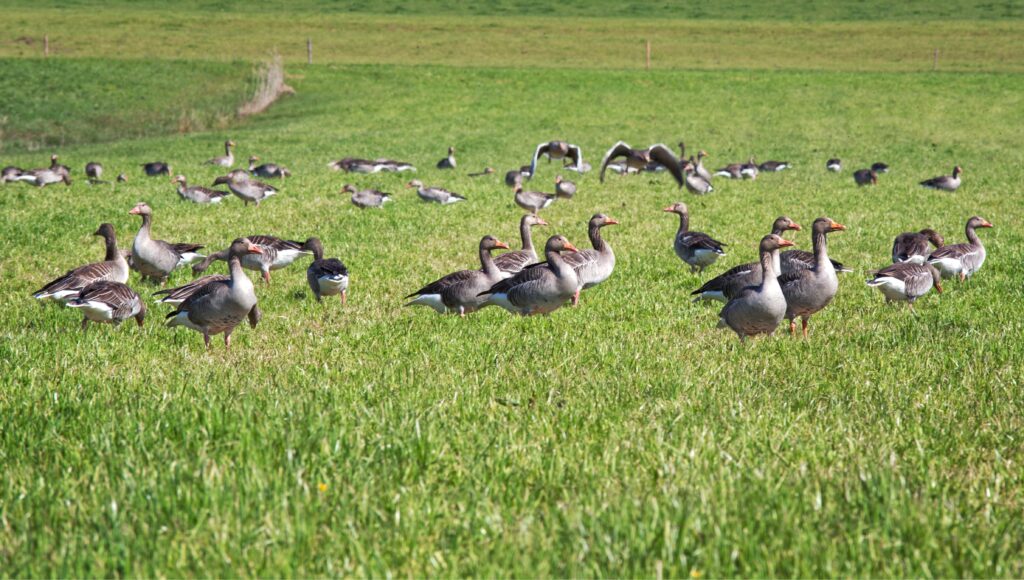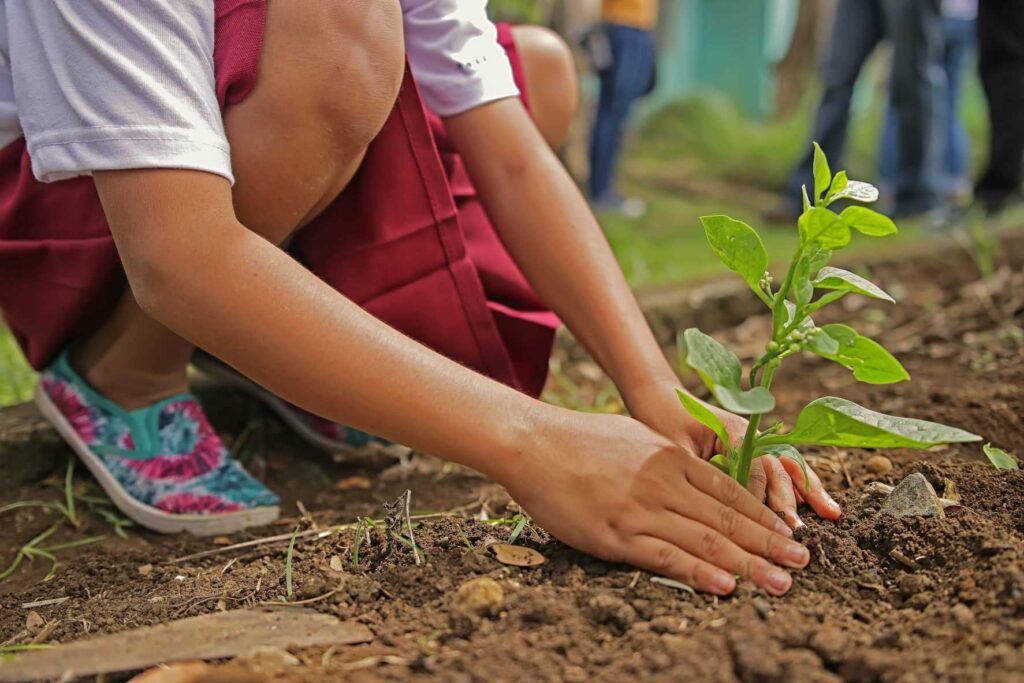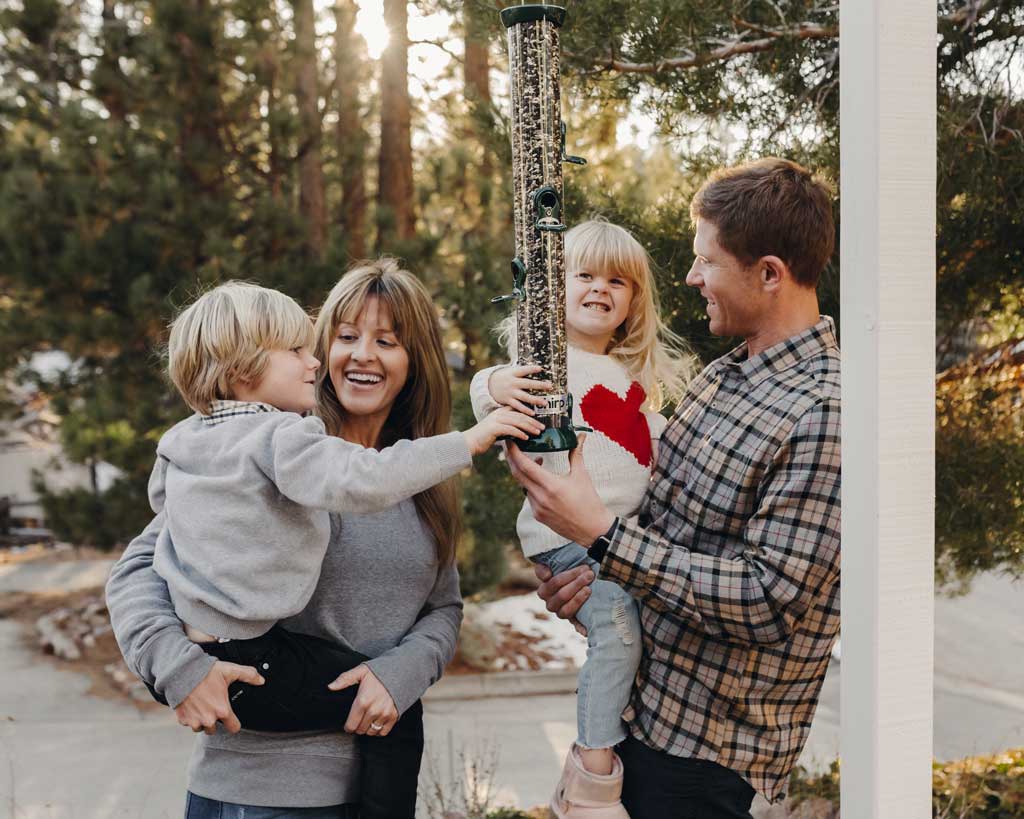You’re likely already aware that our wild bird population is in trouble. And one of the solutions, according to bird experts? Regenerative wild bird habitats. Here’s what differentiates these restorative spaces from other wild areas, why they are crucial to a healthy ecosystem, and how you can help at the local level.
What are Regenerative Wild Bird Habitats?

Regenerative wild bird habitats are natural spaces cultivated with the goal of supporting wild birds and other wildlife. As such, regenerative agriculture is practiced in public, private, and commercial green spaces. Its goal is to restore nature’s balance, creating a healthier, more sustainable ecosystem that benefits animals, humans, and the planet as a whole. This is done in several ways. For instance: incorporating bird-friendly, native plants into the area, reducing chemical usage, improving soil health, and reintroducing indigenous planting practices.
Why are Regenerative Wild Bird Habitats Critical?

Bird habitats are threatened around the world like never before. Consequently, creating restorative spaces for birds to survive and thrive is critical, both for them and for us. Here are some statistics that show why we desperately need these spaces:
- The North American bird population has declined by 30% since 1970.
- 64% of North American bird species are moderately or highly vulnerable to climate change.
- Over 50 million acres of US grasslands have been lost since 2007.
- Grassland loss has resulted in 720 million birds being threatened.
- 90% of tallgrass prairie in the US has been destroyed by farming and land development.
- The US grassland bird population has fallen by 40% since 1966.
- 64% of the world’s wetlands have been destroyed; as a result, 20% of wetland bird species are threatened or extinct.
- Bird population loss affects humans on every level, from environmental to economical to social.
Where Can You Find Regenerative Wild Bird Habitats?

Regenerative agriculture is practiced by farms, ranches, parks, and communities around the globe. Often, they work with government and environmental organizations (like the National Audubon Society) to introduce and maintain regenerative agricultural practices. Here are some examples:
- The Great Plains’ grasslands
- North American farms and ranches
- South African landscapes
- Nicaraguan coffee farms
- Mexican grasslands
How Can You Use Regenerative Gardening to Help Birds?

Okay, so you’re not a farmer or rancher. What can you do to create mini regenerative habits for the wild birds in your area? Well, it turns out there are several regenerative farming techniques you can adapt for your own yard or community garden, including:
Turn your garden or yard into a certified wildlife habitat
Whether you have a small garden or acres of land, it’s easier than you think to turn it into a bird-supporting sanctuary. According to the National Wildlife Federation, you need to meet just five requirements to get certified. These include offering food, water, cover, nesting spots, and practicing sustainable gardening.
Start composting
The (literal) foundation for any regenerative bird habitat is healthy soil. You can achieve this in your own garden with a little help from your kitchen scraps. Moreover, adding compost to your soil not only reduces waste that would otherwise go to landfills, but it regulates the pH in your soil, improves its texture, and contributes to good microbes that make your garden healthier (and more attractive to birds and other pollinators).

Stop using chemicals
If you want to create a place where birds thrive, you need to get rid of pesticides, non-organic fertilizers, and other harmful garden treatments. These toxins kill up to 67 million birds each year in the US alone! To control pests without chemicals, try things like practicing companion planting and using “soft” chemicals like stinging nettles and rhubarbs.
Plant native, pollinator-friendly plants
If you plant them, they will come. Read up on the native plants in your area that attract birds, bees, butterflies, and other pollinators. After that, when you’re ready to plant, don’t forget to use organic soil and mulch.
Go a little wild
Rewilding is an effective conservation practice on a larger environmental scale, but it’s also useful in your garden. In fact, it’s probably the easiest gardening tip, requiring that you actually do less work. For example, less lawn mowing, less deadheading, less weeding, and less debris cleanup. Letting your garden grow a bit wild for a bit allows natural processes to work on their own, creating a healthier green space that will help birds thrive.
Add habitats
Hang one or more bird houses, nesting boxes, roost boxes, and/or bee houses in your backyard or garden to support local birds and pollinators.
Do You Know the Chirp Promise?

Chirp donates a portion of every sale to local and national conservation organizations. It’s part of our promise to every other nature lover out there: we’re with you in supporting our environment, our birds, and our community. That’s why we offer only locally sourced wild bird food of the highest quality. It’s also why we invest in so many local outreach activities in Big Bear that promote connecting with nature and with each other. Learn more about Chirp, and take a virtual tour of our store. Or, if you’re local to—or visiting—the Big Bear area, stop by and say hi!


